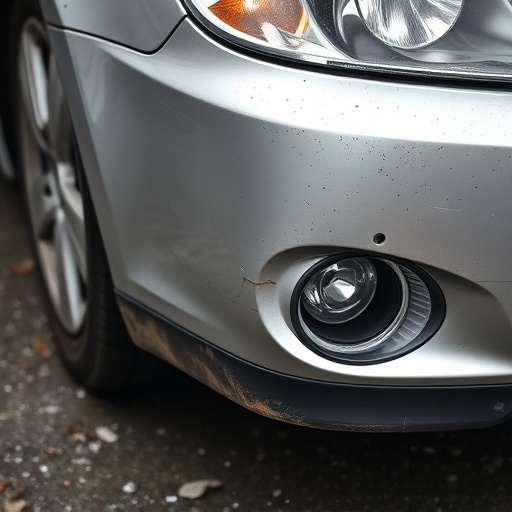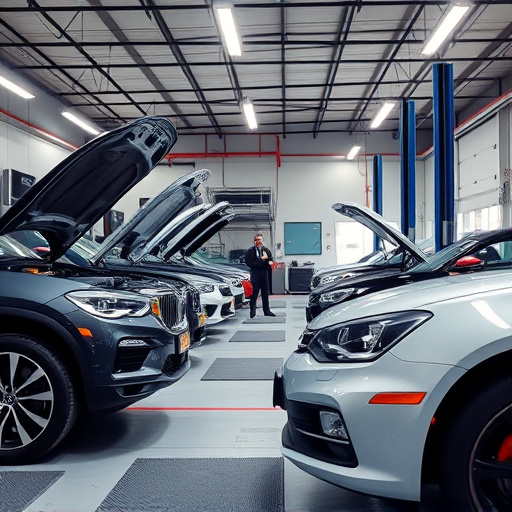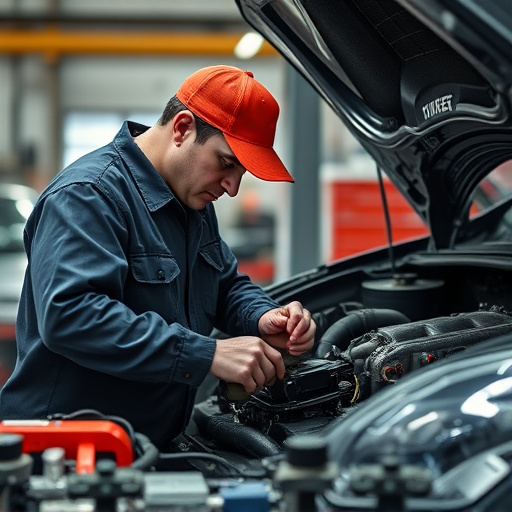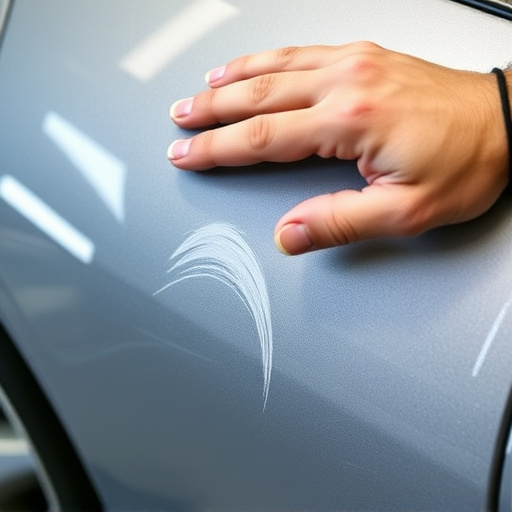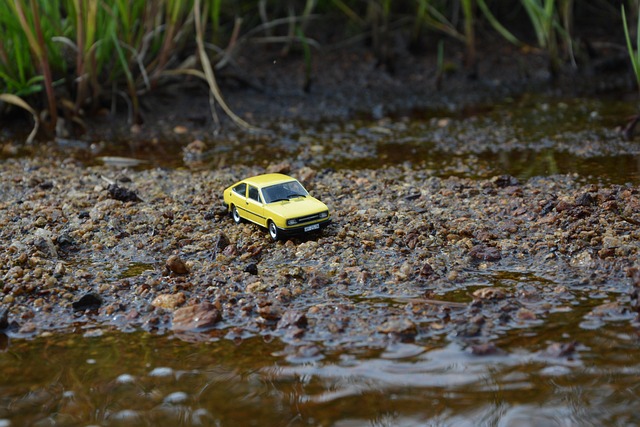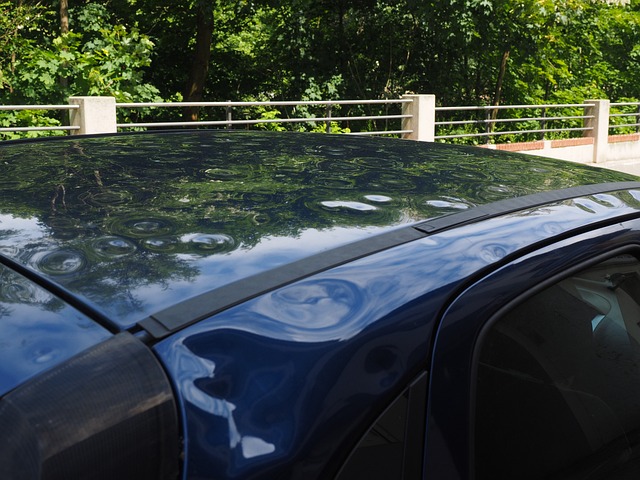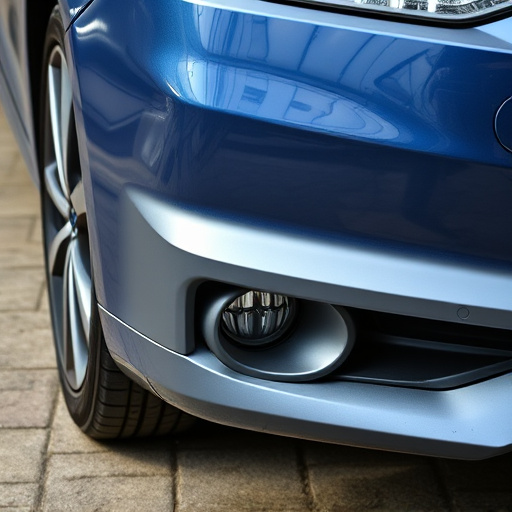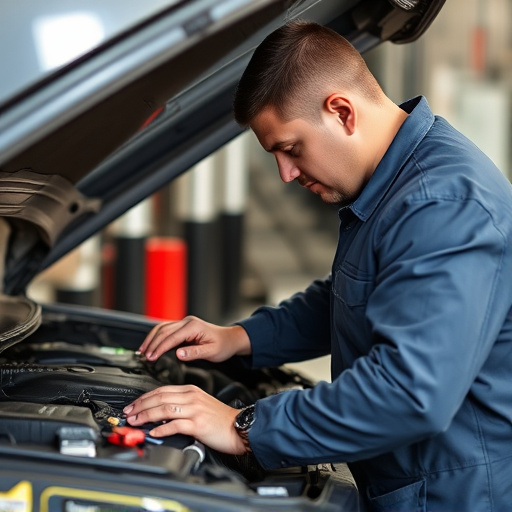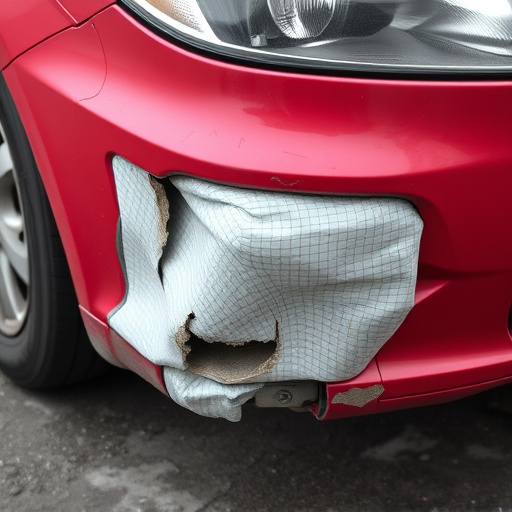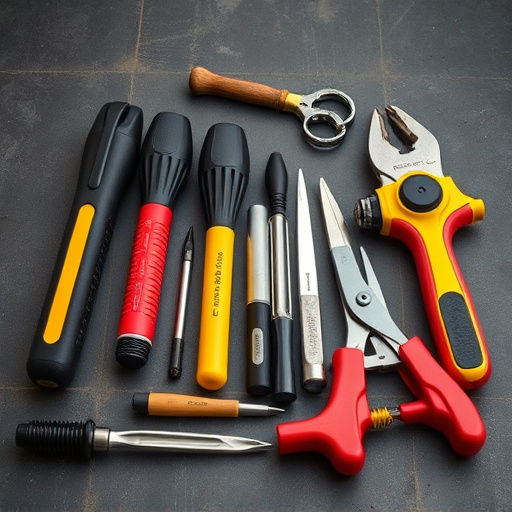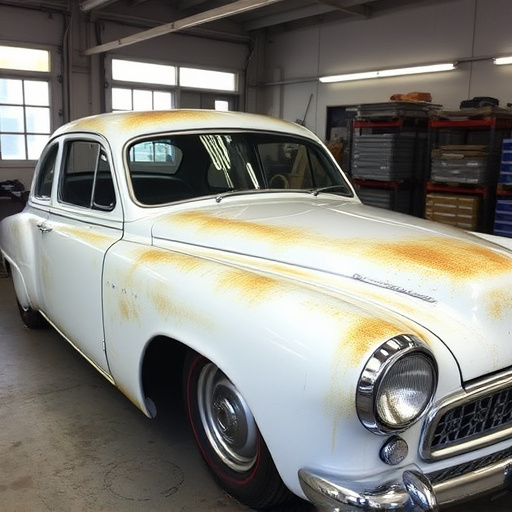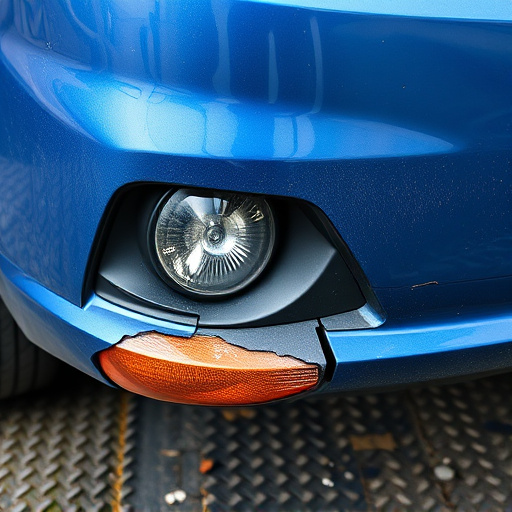Engine mounts are critical for vehicle stability and performance but can be damaged in accidents or due to rough roads, leading to increased vibration and potential engine issues. Regular checks by mechanics, proper tire service, and body restoration prevent failures. Recognizing signs like unusual noises, uneven tire wear, or visual damage is crucial. Experienced technicians in modern auto repair shops can accurately diagnose and repair engine mount collision damage, ensuring vehicle safety and performance through comprehensive services including frame straightening and auto glass repair.
In the world of automotive maintenance, understanding the subtle differences between worn and impacted engine mounts is crucial. These components play a vital role in supporting your engine, ensuring smooth operation. Worn engine mounts can lead to increased vibrations and performance issues, while collisions can cause severe structural damage, including cracks and deformations. Recognizing the signs of wear and impact is essential for timely repairs and safety. This article delves into these key differences, helping you navigate engine mount collision damage effectively.
- Understanding Engine Mounts and Their Function
- Recognizing the Signs of Worn Engine Mounts
- Identifying Damage from Engine Mount Collisions
Understanding Engine Mounts and Their Function
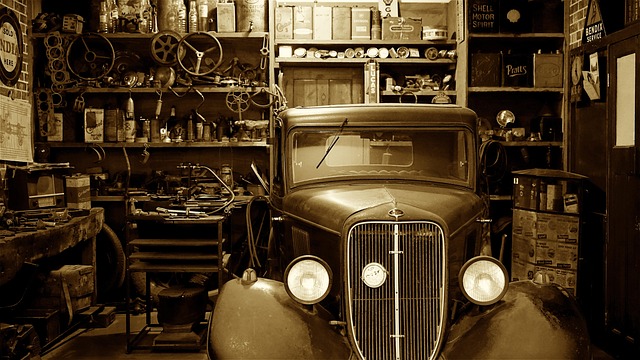
Engine mounts are critical components of a vehicle’s suspension system, responsible for securely holding the engine in place and isolating it from the rest of the car. They absorb shock and vibrations, ensuring a smooth ride and minimizing noise. However, these mounts can be susceptible to collision damage, especially in cases of severe accidents or repeated impact, like driving over rough terrain or potholes. Engine mount collision damage can manifest as cracks, breaks, or deformations, leading to increased vibration, engine movement, and potentially serious performance issues. Recognizing the signs of worn or impacted engine mounts is crucial for safety and proper vehicle maintenance. Regular checks by a qualified mechanic, along with timely tire services and car body restoration, can help prevent catastrophic failures and ensure optimal engine performance. An auto repair shop equipped with experienced technicians and state-of-the-art equipment is best suited to diagnose and address any issues related to engine mounts.
Recognizing the Signs of Worn Engine Mounts
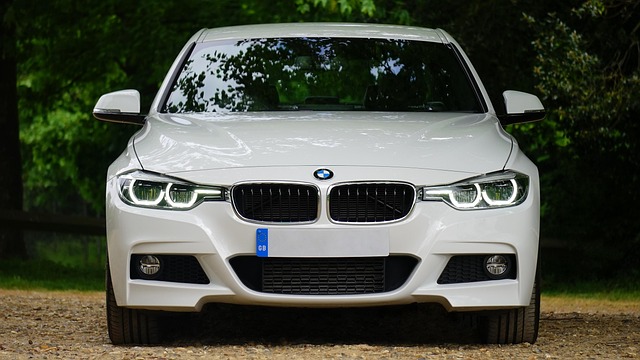
Recognizing the signs of worn engine mounts is crucial for any car owner. Over time, these critical components can suffer from collision damage, leading to a variety of symptoms. One of the most obvious indicators is unusual vibrations or noise coming from the engine area during driving. This could suggest that the engine mount(s) have weakened or become damaged due to impact, allowing the engine to move excessively. Another telltale sign is uneven tire wear; if one side of your tires is worn down more than the other, it may point to misaligned wheels or damaged engine mounts.
Additionally, visual inspections can reveal issues such as cracks or deformations in the engine mount bases. If you notice any bulges, holes, or visible damage to these supports, it’s a clear sign that professional attention is required. Many collision repair shops offer expert auto repair services for diagnosing and repairing worn or impacted engine mounts, ensuring your vehicle’s safety and performance.
Identifying Damage from Engine Mount Collisions
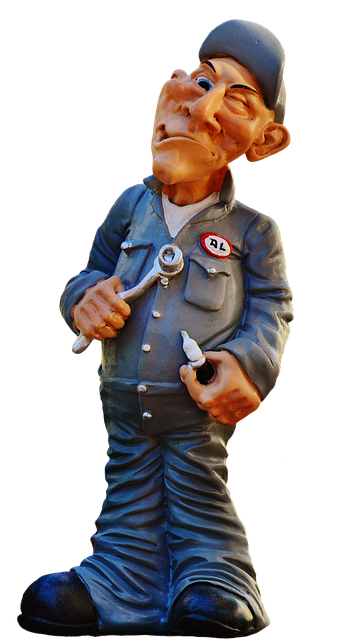
When an engine mount experiences a collision, it’s crucial to identify the extent of the damage early on. One clear sign is visual evidence such as cracks or deformations in the mount itself. These can range from small chips and fissures to significant bulges or complete rupture. Over time, such damage can lead to more severe consequences if left unaddressed, potentially affecting the vehicle’s stability and performance.
Proper diagnosis involves a thorough inspection that goes beyond the visible. Technicians may need to utilize specialized tools for frame straightening to assess any hidden distortions within the mount structure. This meticulous process is essential in car collision repair, ensuring that every component is safely and correctly realigned before replacement or rebuilding. Similarly, auto glass repair techniques play a secondary role by addressing any shattered or cracked windows resulting from the collision, completing the restoration process.
In understanding the key differences between worn and impacted engine mounts, recognizing signs such as excessive play, cracks, or deformations becomes crucial. Regular maintenance checks can help identify these issues early on, preventing more severe engine mount collision damage. By being proactive, vehicle owners not only enhance safety but also ensure optimal engine performance and longevity.
